International Prize
Whitegold International Ceramics Prize
The Whitegold International Ceramic Prize is a celebration of clay in relationship with people, culture and place. The winners of the prize will be invited to make a new piece of work drawing on the history and culture of St Austell’s industrial and post-industrial landscape and its global china clay connections.
Artists, collectives and CIC’s from around the world are invited to submit works that use clay to inspire new perspectives and insights into place – the specific character of a location that makes it unique. All work of exceptional quality that connects people and place through creativity with clay will be considered. Submitted artwork should ideally be culturally and environmentally aware and socially engaged.
The Whitegold Ceramic Prize is an award in two parts. Winners receive a cash prize, along with a paid commission for the development of a new work for St Austell.
For the first prize submission in 2019, established and emerging artists from all parts of the world were invited to submit 2 completed projects undertaken between 2014 and 2019. Each project submission included as minimum an excellent visual record of work and a 500 word overview of each of project including a summary of how it connects with the theme of the award.
A maximum of 8 shortlisted artists were invited to St Austell for a tour of the region’s clay country before submitting a statement of intent for a new project that draws on the culture of the St Austell area and its connections through clay to people in Cornwall, the UK and the rest of the world. The jury selected two artists from the shortlist as final winners to develop their proposal for completion for the 2020 Whitegold Festival.
The winners were announced in 2020 as Professor Neil Brownsword and Tana West.
Professor Neil Brownsword is the winner of Whitegold’s Quartz Award.
For over two decades Neil’s internationally renowned artwork has examined Stoke-on-Trent’s post-industrial ceramic legacy, and the impact of the decline in the industry on place, people and artisanal knowledge. Through ongoing exploration of archives and use of living testimony, his work raises questions about the relevance of industrial craft skills that are now deemed outmoded or unviable for contemporary production. Neil draws attention to this largely unseen heritage and the need to recognise the relevance of these skills in contemporary contexts. His work takes the form of site specific installations that have been exhibited all over the world. Neil aims to highlight endangered craft practices and re-evaluate them through new forms of expression, often combining performance, film and the dynamics of hired labour.
For the Whitegold Prize, Neil is exploring the entangled histories of St Austell and Stoke-on-Trent and wants to bring the largely unseen working relationships between people, processes and material in the ceramic industry into public view. Through a new installation created for Whitegold 2020 Neil intends to reconnect audiences with the physicality of raw materials, their geological origins and wider cultural contexts as well as the tools and technologies that have been key to the success of both Stoke and St Austell. Neil will be running free public workshops at Wheal Martyn at the time of the Whitegold Festival where participants will be able to use the tools involved in the processing of china clay together with those used in the historic manufacture of bone china to make something new.
“I’m fascinated by these two industries; their parallel connection to clay as a material, and the ‘alchemic’ processes that turns this inert matter into objects which enhance our daily lives. Through this project, I will draw upon a range of historic tools associated ceramic production and clay extraction, to reanimate actions and forgotten processes. As the digital continues to revolutionise production, the ‘knowledge of the hand’ is becoming increasingly lost. I’m hoping to reassign a sense of value to these more traditional systems of knowledge back into contemporary consciousness.”
“Communities were established around these industries – livelihoods were built on the extraction and transformation of raw materials. As they have downsized in recent decades, there exists a sense of detachment from these histories. I want to explore new ways to reactivate connections that have shaped the identity of place, through artistic process and participation.”
Neil Brownsword’s project is supported by Staffordshire University, Spode Museum Trust and Valentine Clays. Dates for Neil’s workshops at Wheal Martyn for the Whitegold Festival in September will be announced in the coming months.
Tana West is the winner of Whitegold’s Feldspar Award.
Tana’s work involves place specific and collaborative approaches: she has waded in mud with environmental historians to examine our relationship to water, and re-invigorated thinking about Somerset’s apple culture. In 2017 Tana created [UN]WOVEN, an artwork made with the help of a distributed online community sending clayey soil to her in a variety of ad hoc receptacles. Tana won Award at the British Ceramics Biennial for [UN]WOVEN and in 2019 she was selected for the Jerwood Makers Open for ‘Through a Glass Darkly’, a black ceramic version of a funfair hall of mirrors.
The Whitegold International Ceramic Prize offers Tana a chance to make work that draws on china clay country’s rich vein of interactions between the social and the geological. Her proposal is inspired by wallpaper depicting the Bay of Naples that hung in the White Hart Hotel in St Austell when it opened in 1822 and was later donated to the Victoria and Albert Museum in the 1930’s by St Austell Brewery. This wallpaper by Dufour and Sons, was a positive reflection of the prosperity and global links of the early traders in china clay. Through experimentation with paperclay created using waste materials from china clay extraction and using local stories and imagery, Tana aims to construct a circular panorama with 15 panels depicting St Austell’s clay country.
“I’m interested in how local materials create a particular effect that is special to that place. For example, the original pink hue of the Financial Times newspaper came from the unbleached china clay from Bodelva Pit. Lots of English 19th century wallpapers used mica – a by-product of china clay extraction – to achieve a lustre effect.
The winning artists are currently working with Whitegold curator, Katie Bunnell to develop the fine detail of their proposals.
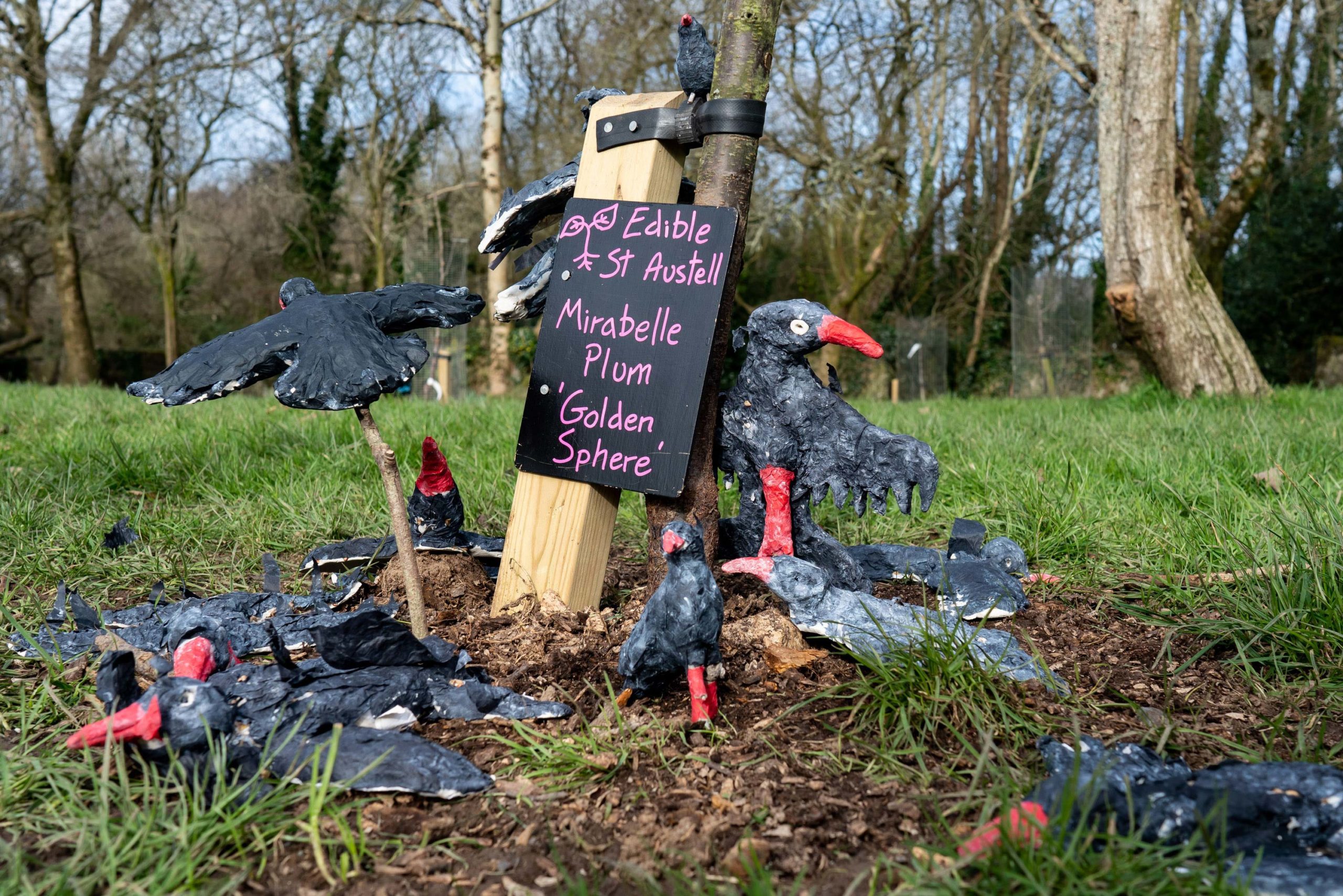
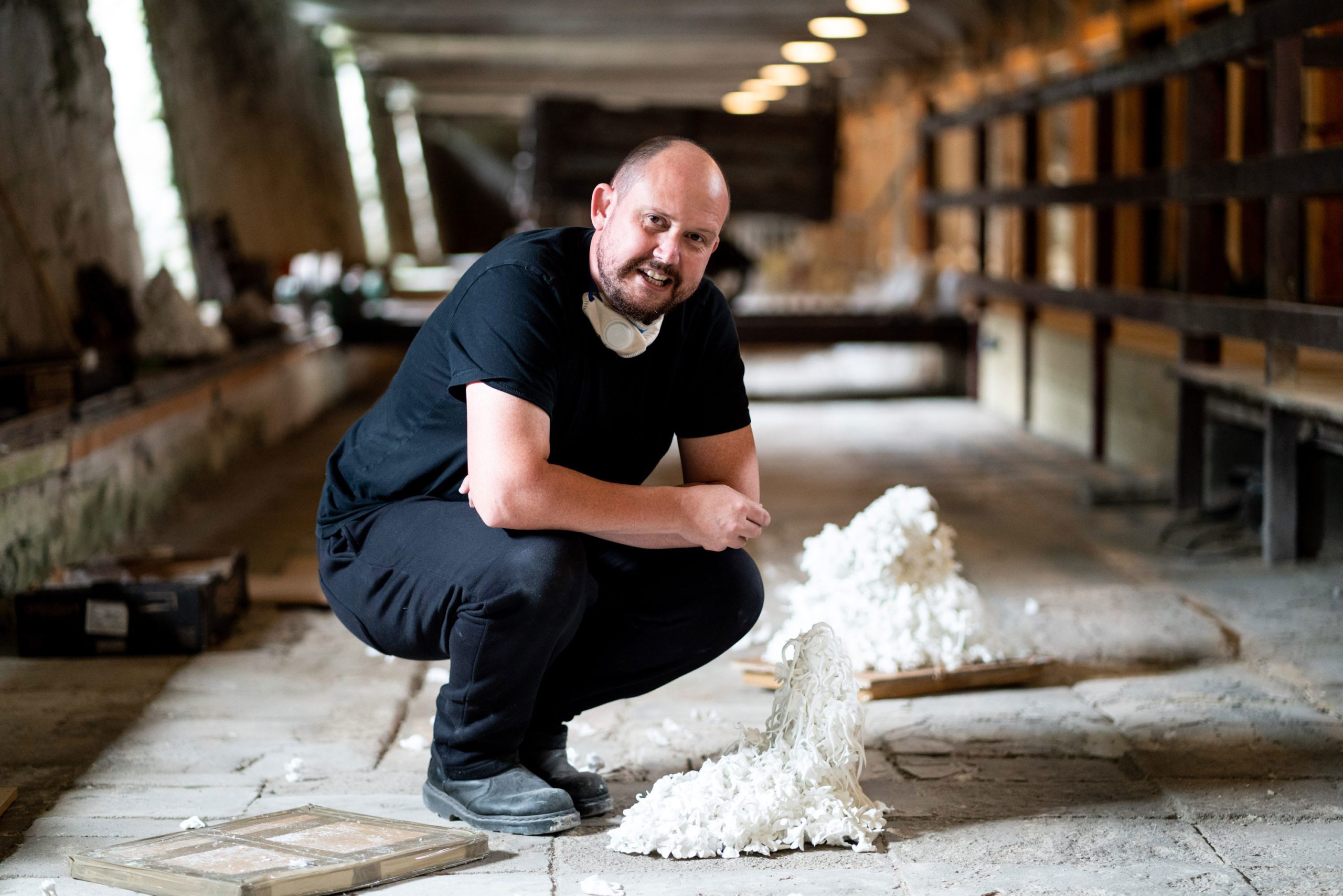

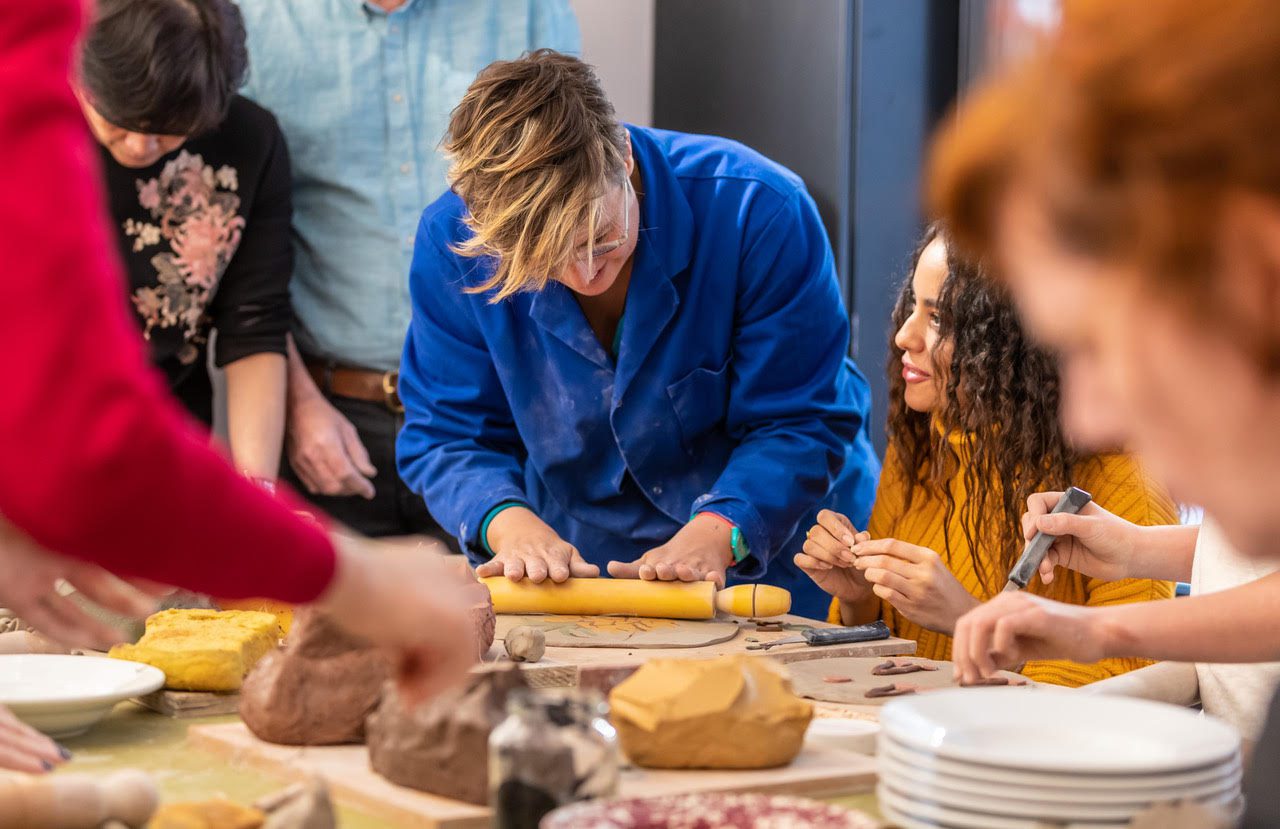
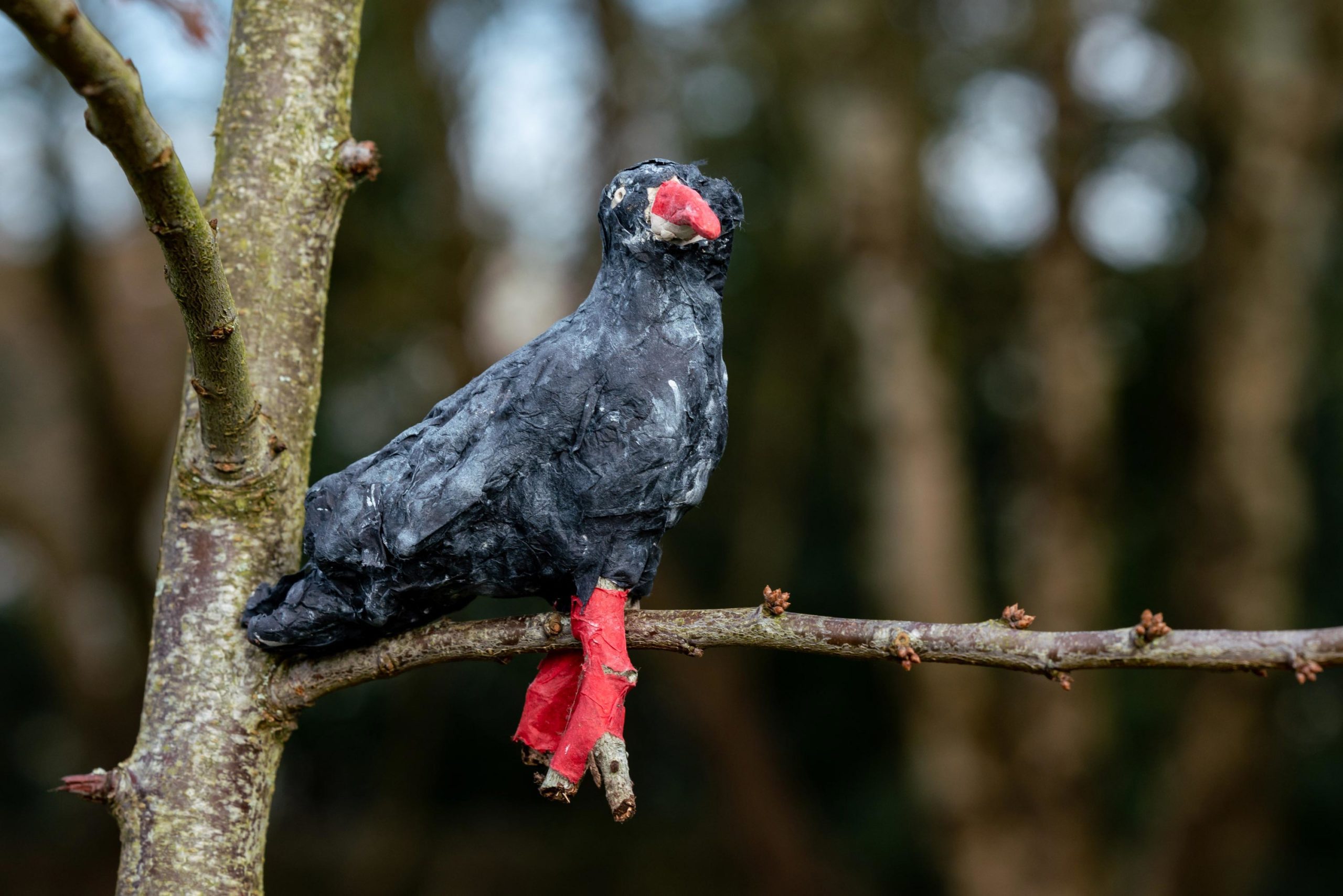
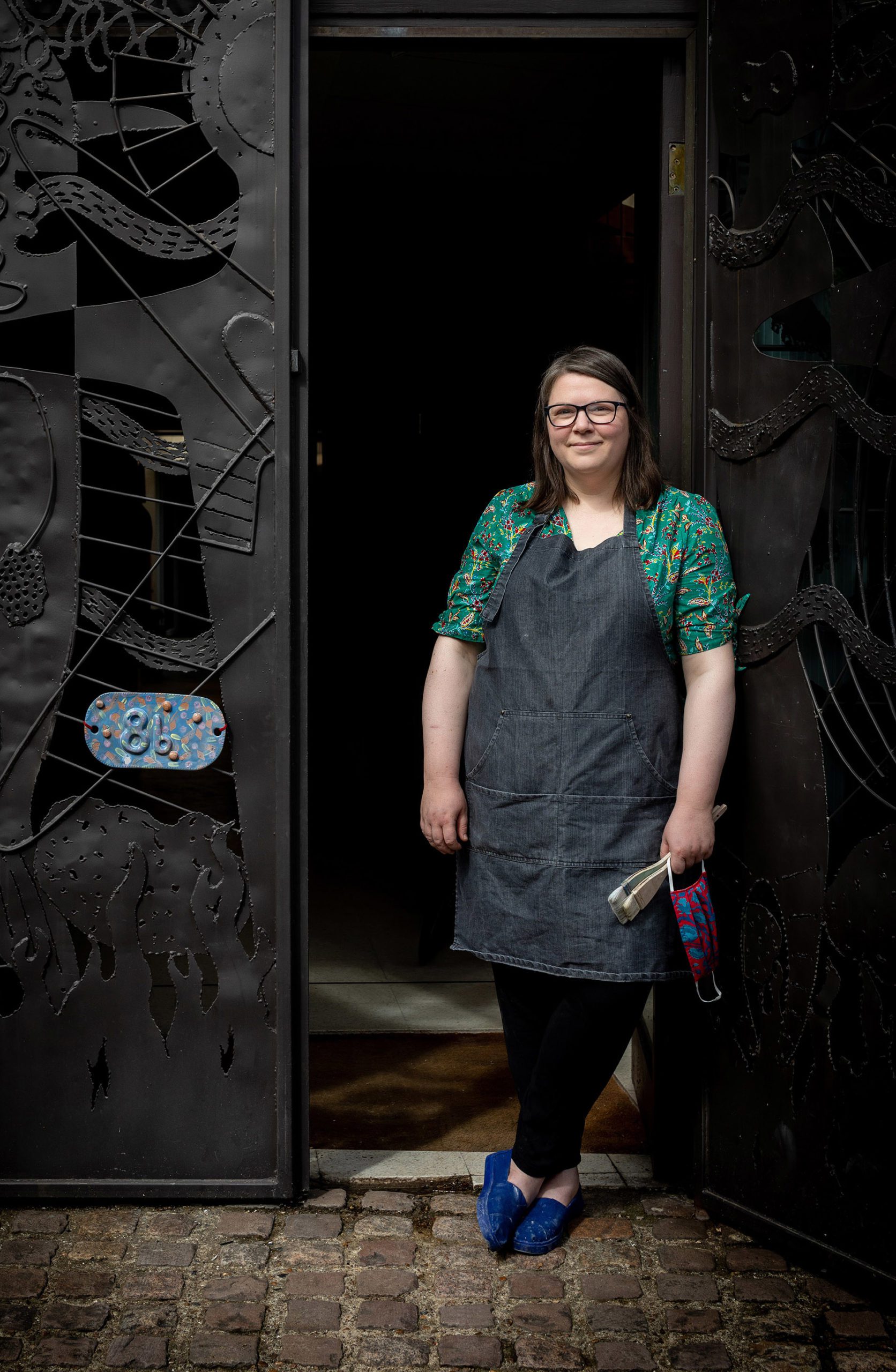
Share on social
---